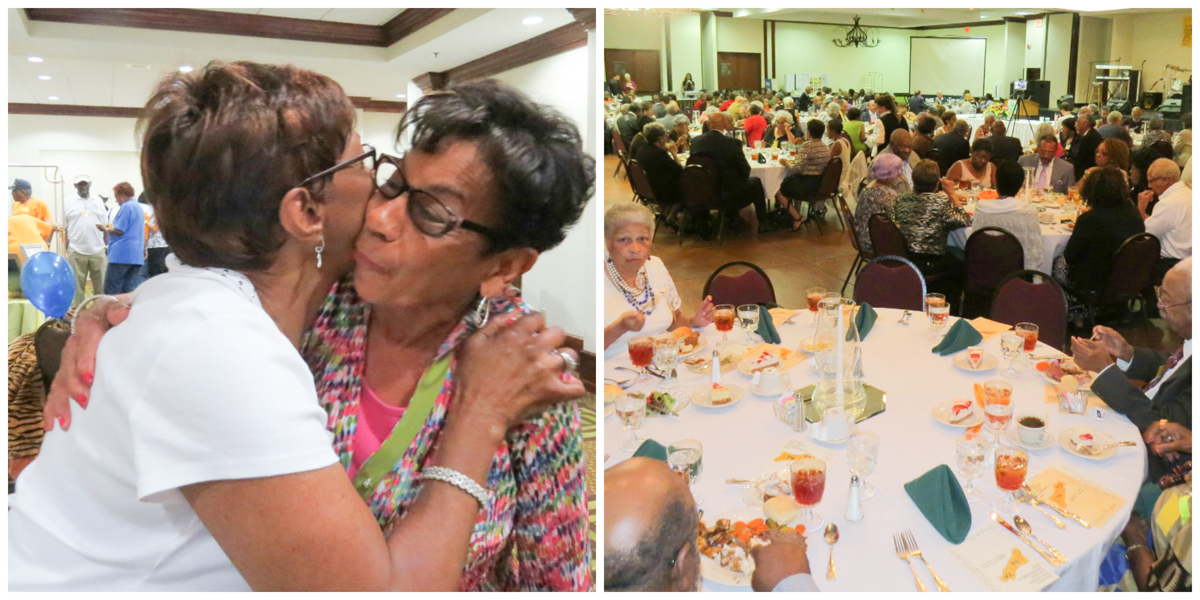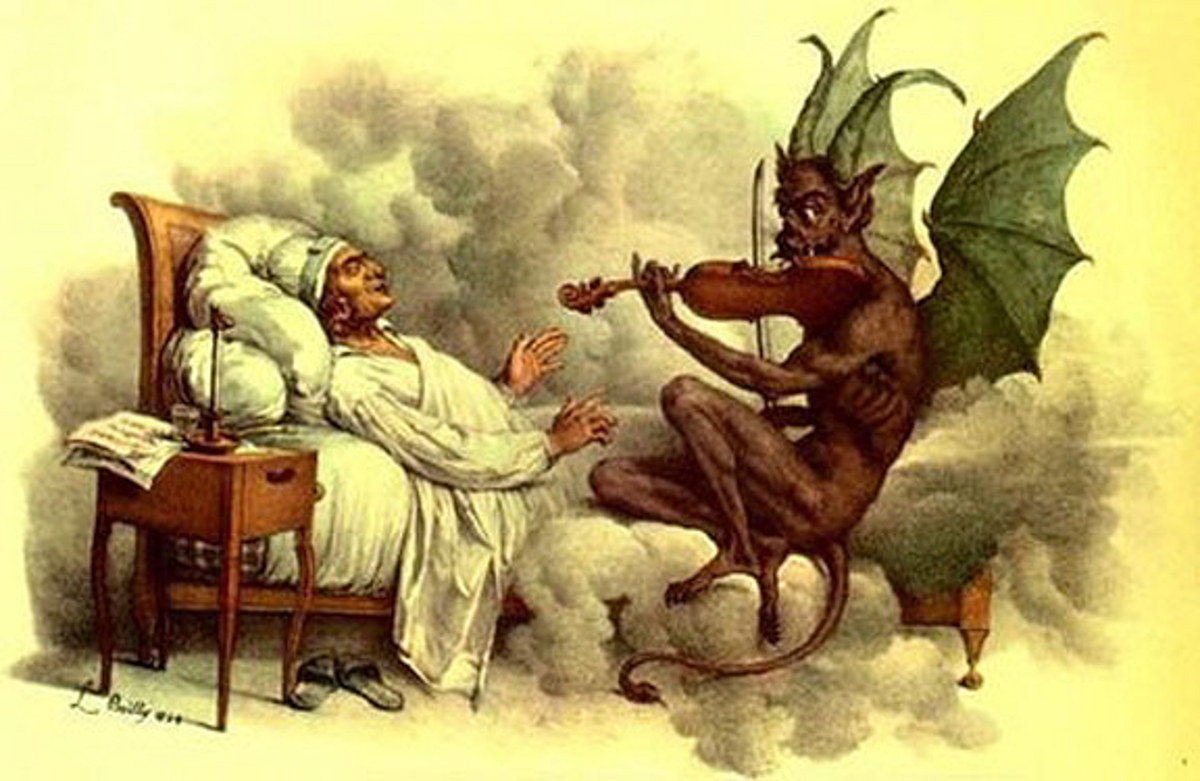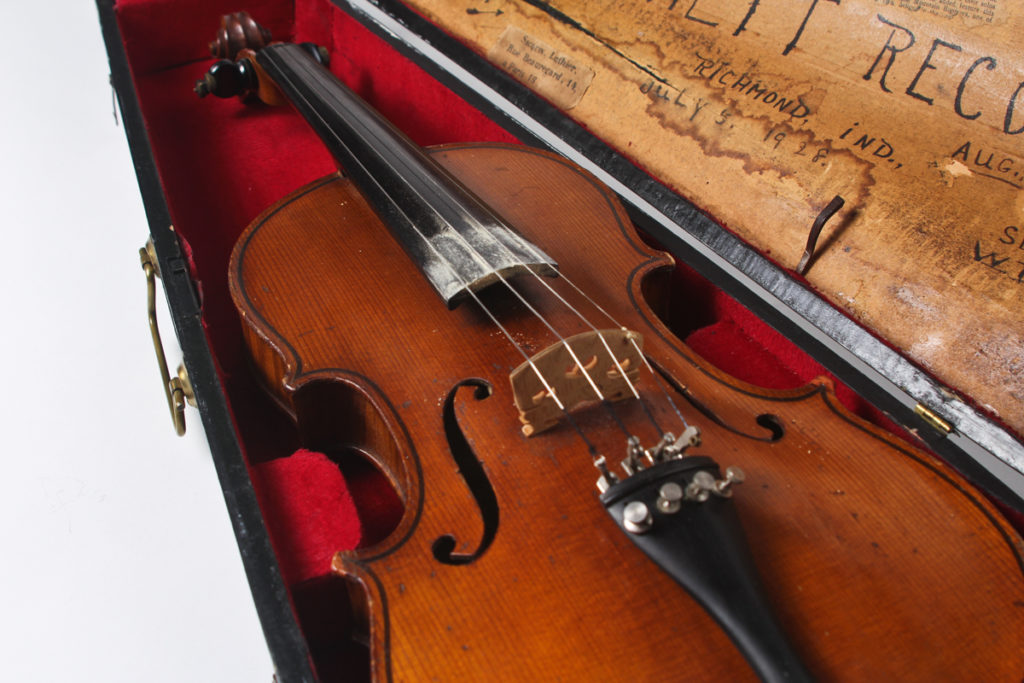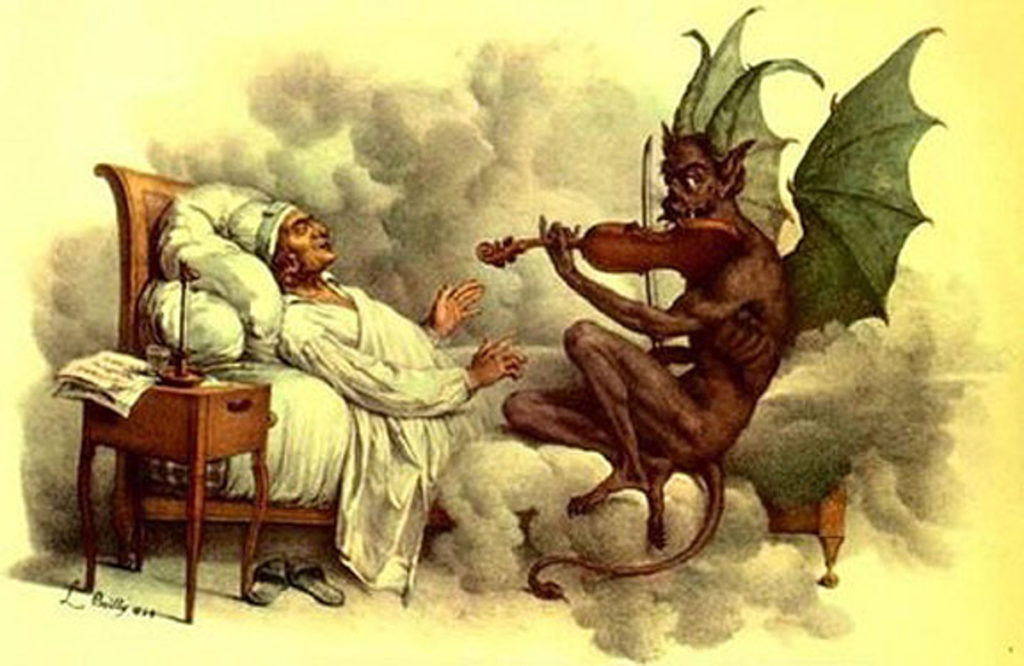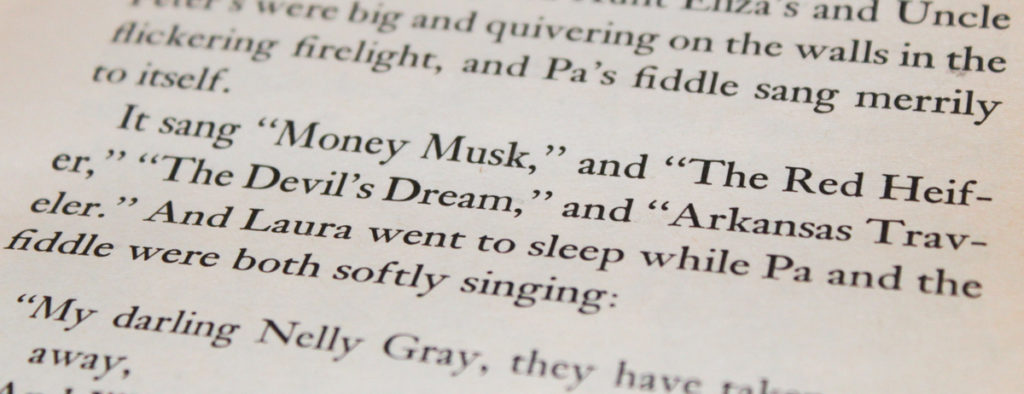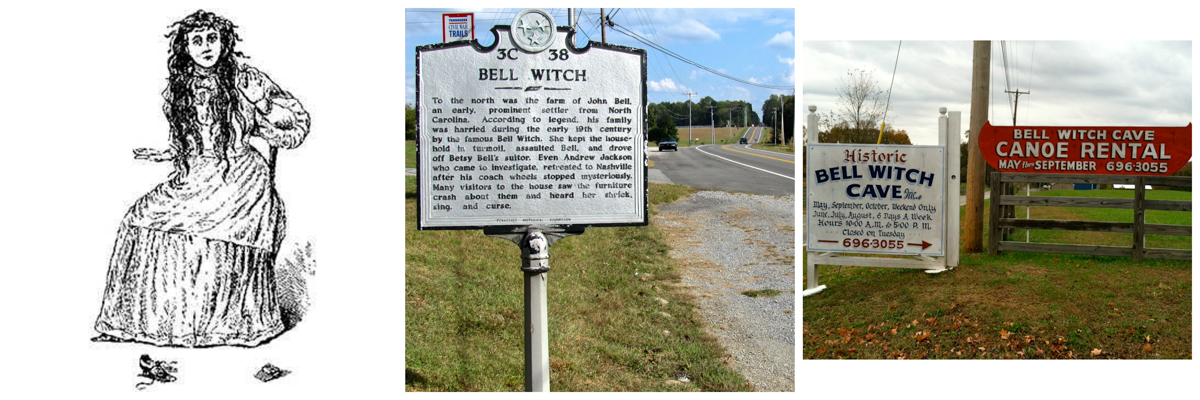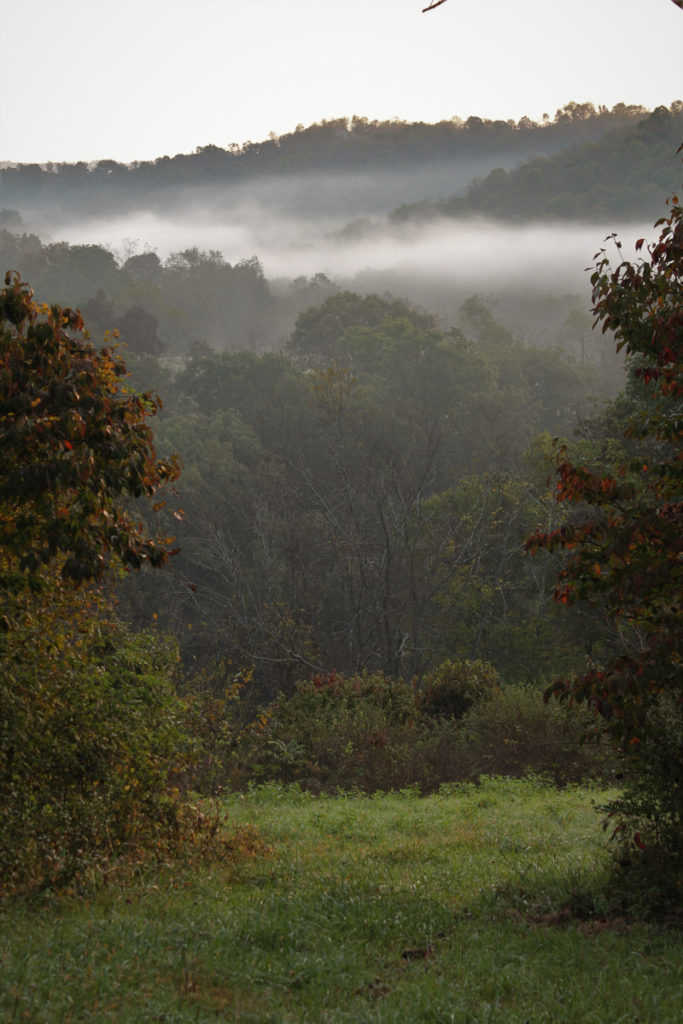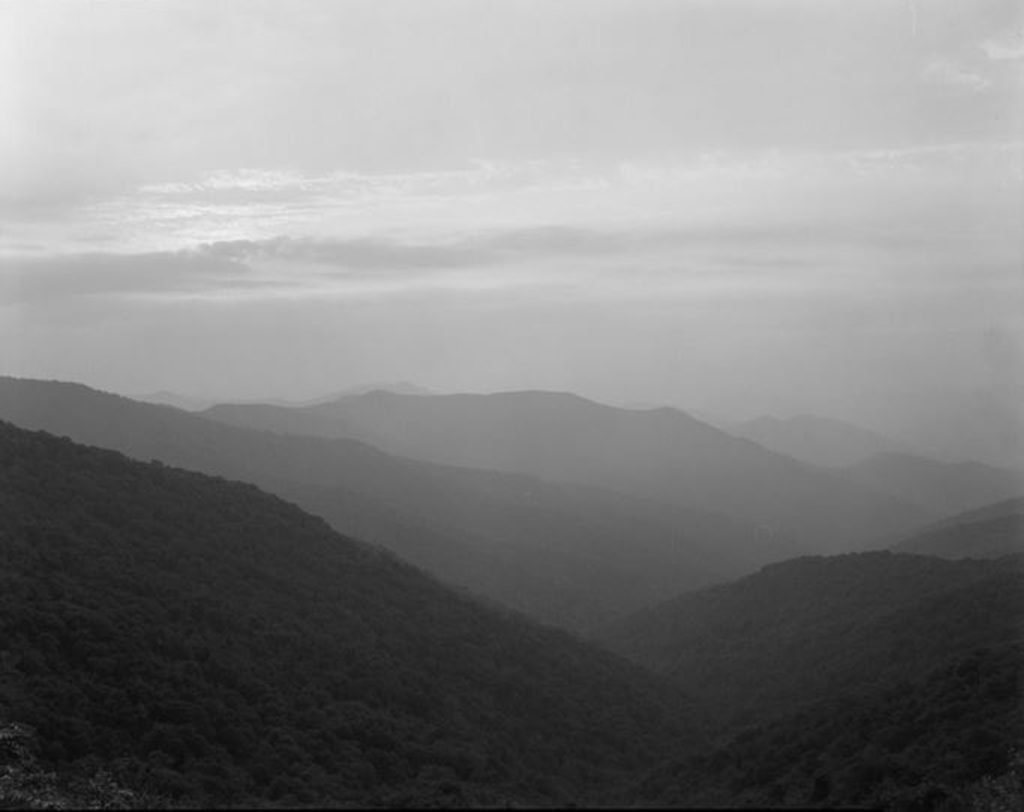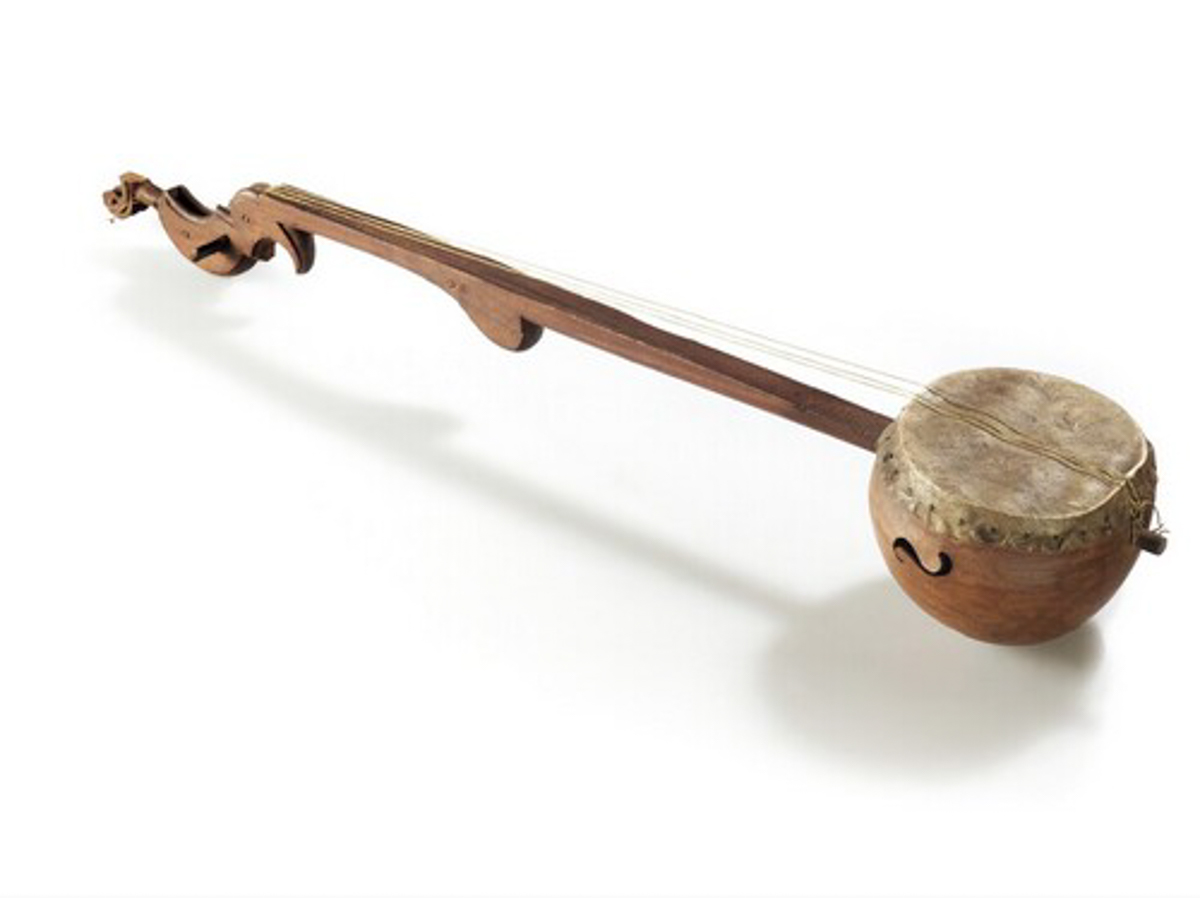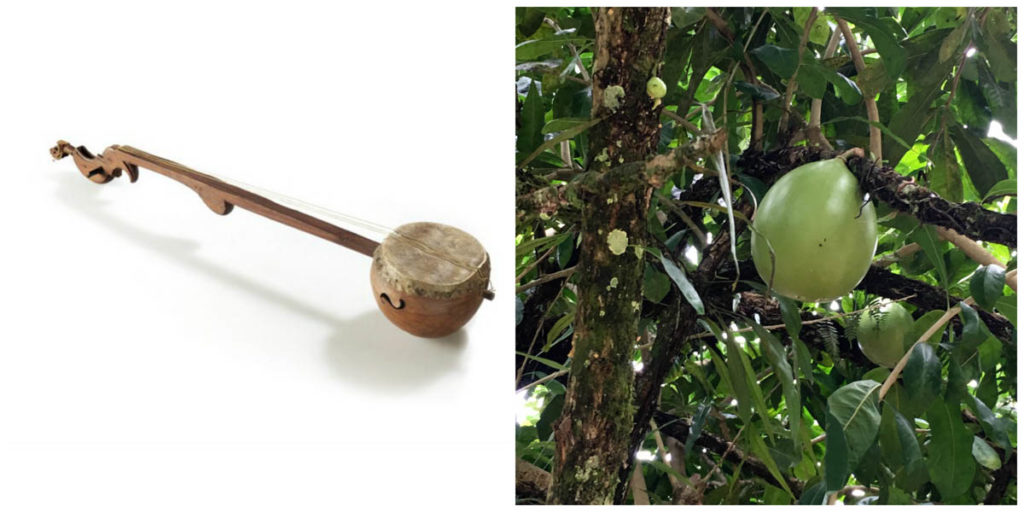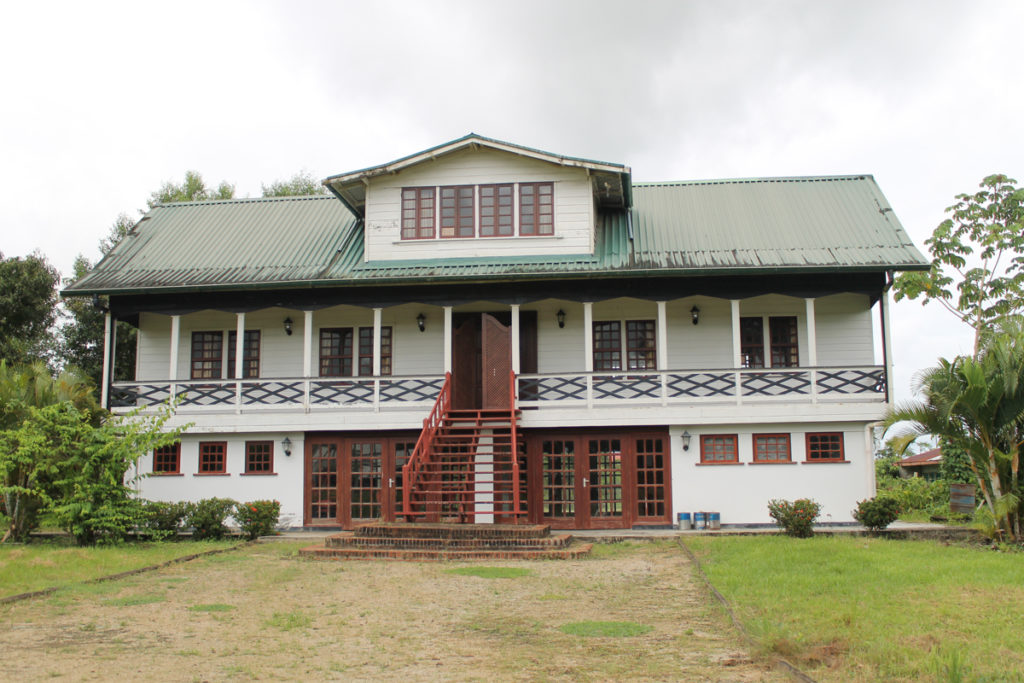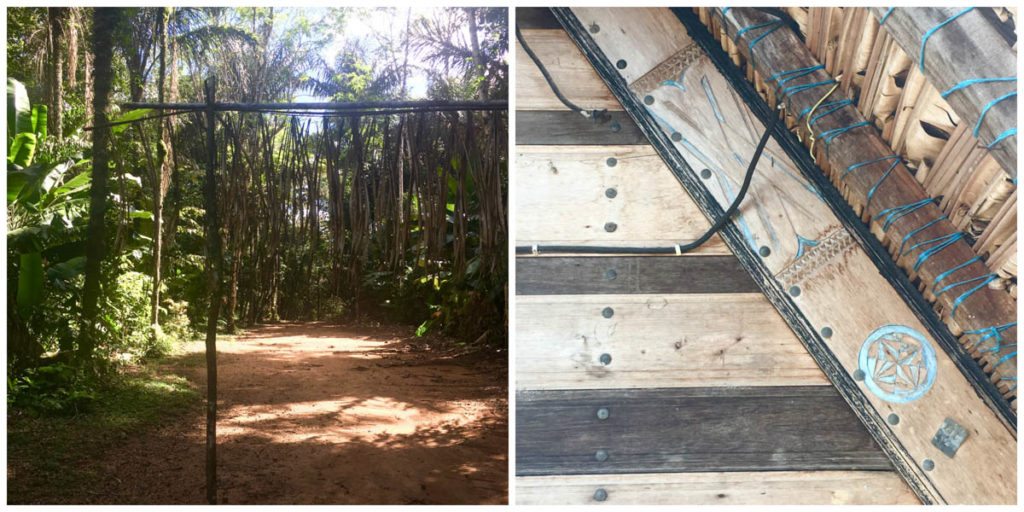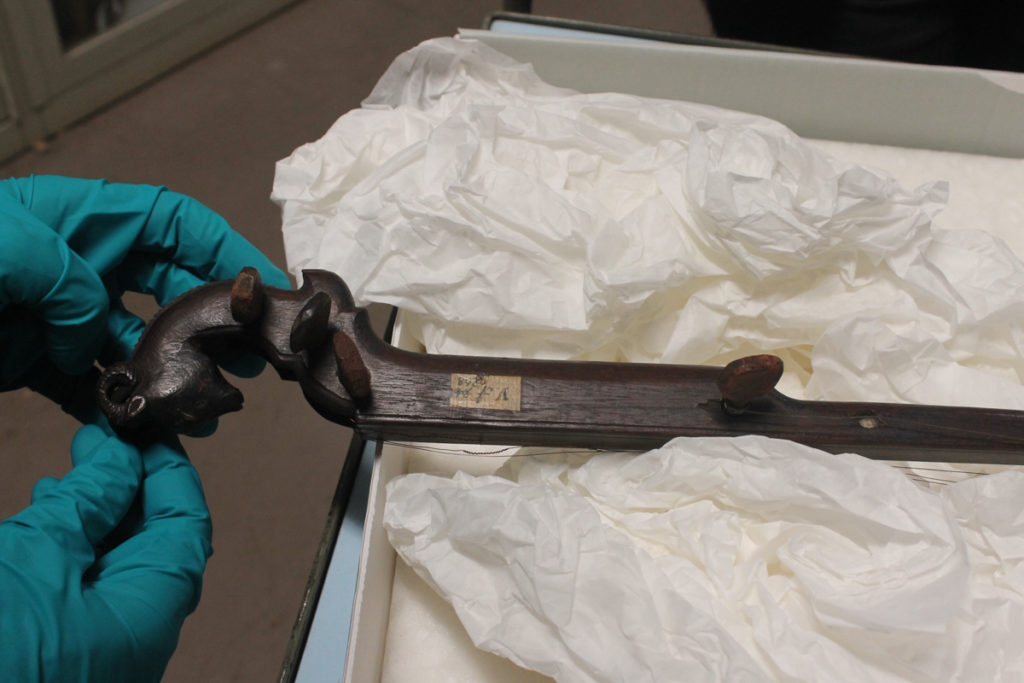The Great Golden Gathering celebrates the 14 former African-American elementary and high schools in upper East Tennessee, Southwest Virginia, and the surrounding areas that all closed for integration in 1965. Formed in 2015, the Great Golden Gathering reunites all of the alumni, bringing them together every two years to relive friendships, camaraderie, and their shared heritage.
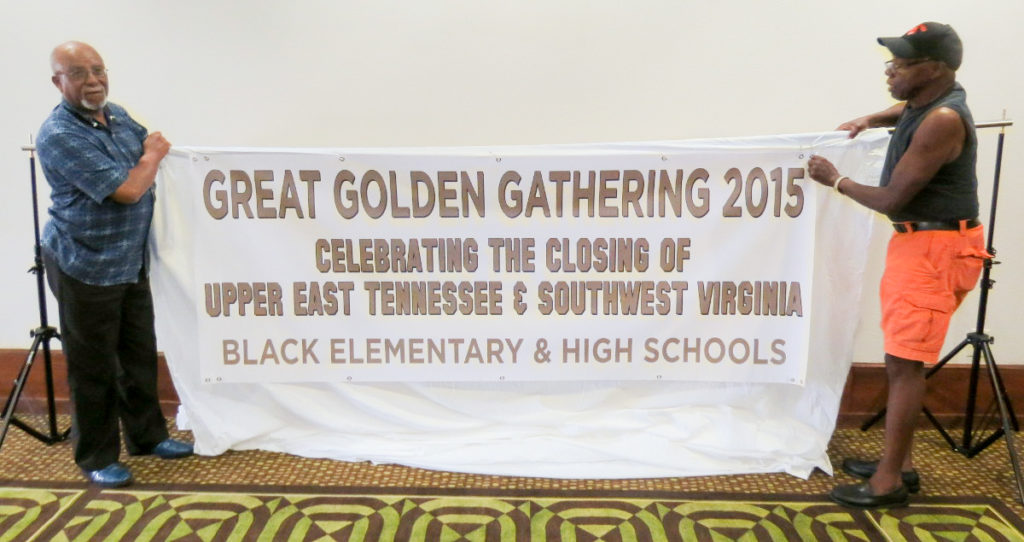
The 14 former African-American schools are:
Austin High School, Knoxville, Tennessee
Arty-Lee High School, Dante, Virginia
Bland High School, Big Stone Gap, Virginia
Douglass High School, Bristol, Virginia
Douglas High School, Elizabethton, Tennessee
Douglass High School, Kingsport, Tennessee
George Clem High School, Greeneville, Tennessee
Langston High School, Johnson City, Tennessee
Morristown West High School-Morristown College, Morristown, Tennessee
Nelson-Merry High School, Jefferson City, Tennessee
Prospect Elementary School, Gate City, Virginia
Slater High School, Bristol, Tennessee
Swift High School-Swift College, Rogersville, Tennessee
Tanner High School, Newport, Tennessee
While many of the individual school alumni associations occasionally hold their own get-togethers, the idea of a universal mega-reunion was introduced in 2015 as a way to celebrate former football and basketball rivalries between schools in the all-black former Tri-State Athletic Conference. Through those competitions, young African-American children got to know their neighbors in nearby cities pretty well. The rivalries quickly grew to include academic competitions like spelling bees, art competitions, and high school band and choral concerts.
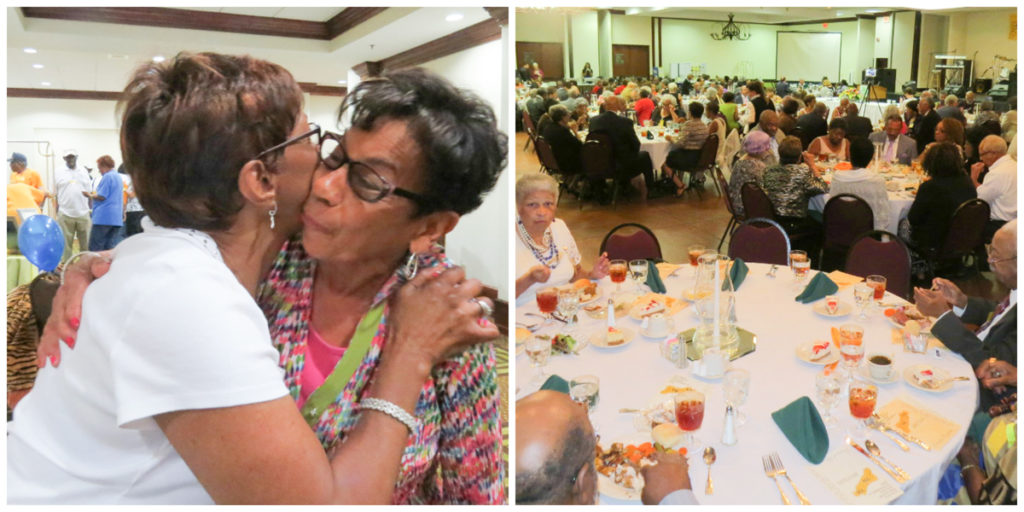
The relationships forged years ago live on during the Great Golden Gathering, as alumni celebrate their connected histories and the legacies of the schools they attended.
“After all, we have always been really good friends,” says Langston High School graduate Bill Coleman. “By attending the Great Golden Gathering, we are celebrating the opportunity to come together one more time while we still can.”
The first Great Golden Gathering was held in Bristol, Virginia in 2015 on the 50th anniversary of the schools closing for integration. Alumni came from several states to renew friendships, laugh, joke, and rekindle – with good humor – old rivalries. It was also a chance to share displays from the alumni associations and to recognize achievements.

The Reverend Jesse Jackson, noted statesman and founder of Rainbow/PUSH, sent a video message to the group banquet, commemorating the Gathering’s purpose and congratulating the participants for keeping the spirit of their schools alive. The 2015 guest speaker was Ms. Gloria Sweet-Love, president of the Tennessee NAACP. Both received honorariums from the alumni for their service to the cause of civil rights. Enthusiasm was so high among the alumni at the inaugural event, that they all agreed to schedule a Gathering every other year, as many individual African-American school alumni associations do.
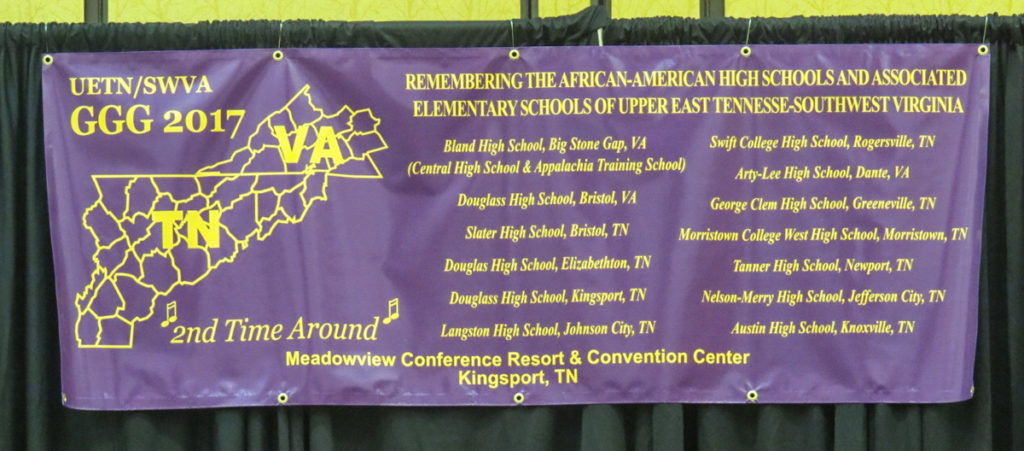
The Great Golden Gathering 2017 was held in Kingsport, Tennessee, with the goal of “keeping all of the visiting alumni so busy, that they would forget they were tired”! After many activities, alumni were spellbound by the banquet speech of Tennessee State Representative Johnnie Turner of Memphis, a soldier in the Civil Rights movement of the 1950s and 1950s for which she was also given an honorarium from the group. Her speech on the struggles of African-Americans during segregation and integration was a familiar story, one that everyone identified with and understood.
“Each Great Golden Gathering is a good fellowship with people that you love,” says Douglass-Kingsport graduate Douglas Releford. “We’d had folks on walkers, in wheelchairs, and on canes attending the Gatherings, and some of them bring their grandchildren and great-grandchildren with them. We always have activities for them, and through displays, they can learn about the heritage of the schools their ancestors attended.”
“It’s not just our history,” he continues. “It’s their history, too.”
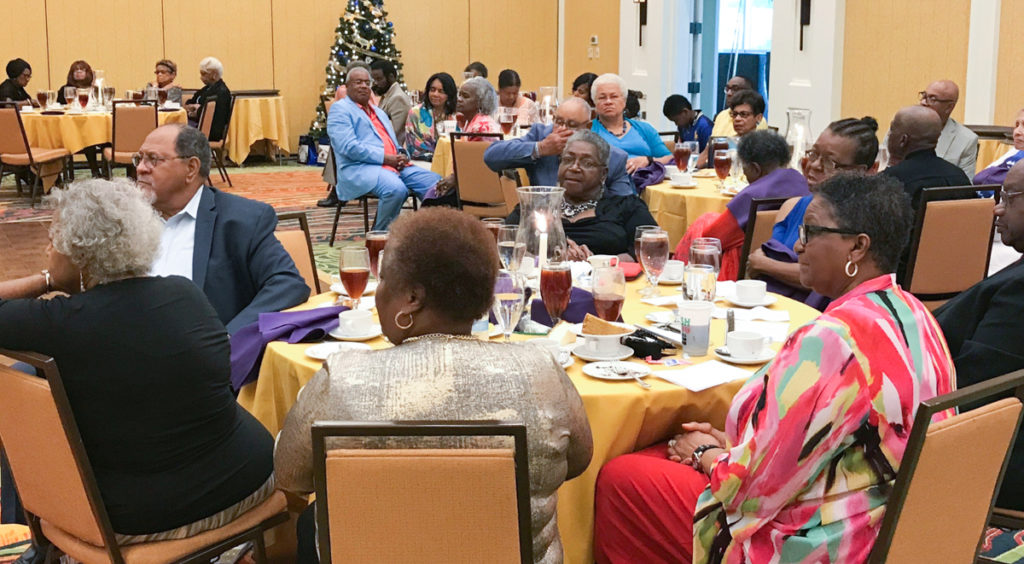
Many Gathering attendees have lamented the fact that their collective histories are vanishing with the passing of alumni, and when that history is gone, it could be gone forever.
Larry Bell, who graduated from Slater High School, told the Bristol Herald Courier at the first Gathering reunion that in the past, many younger African Americans would respond in disbelief when he told them he “grew up in an era when blacks and whites attended separate schools. They could not understand that at one point in our history, blacks could not sit at the same lunch counters as whites, use the same restrooms, or drink from the same water fountains.”
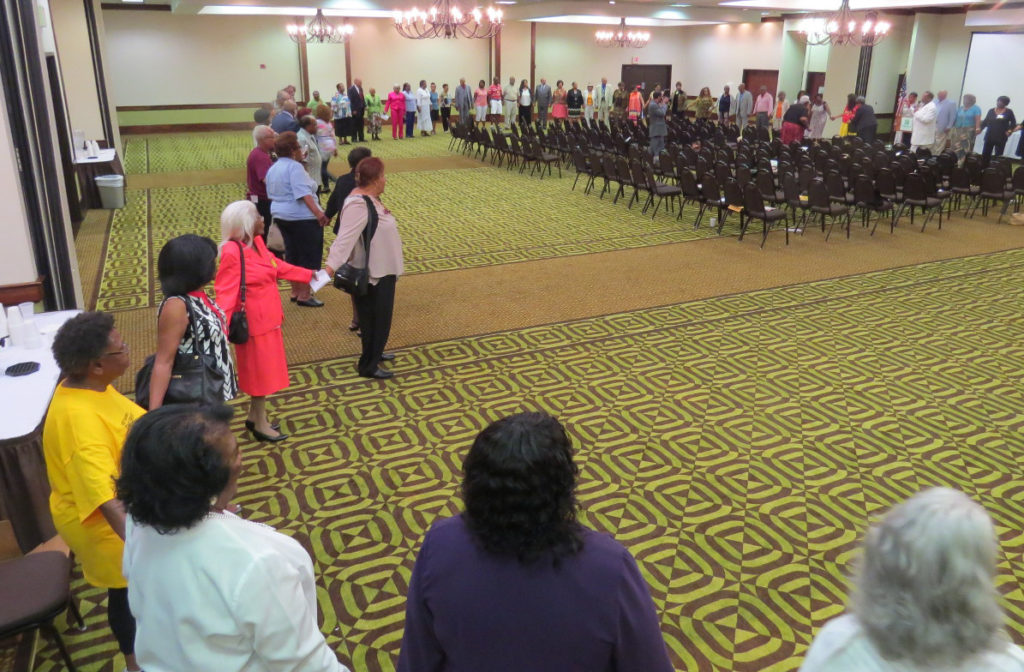
I know that how we overcame those inequities is wrapped in the histories and legacies of these wonderful schools that taught us that we are people too. It is the single most important thing that we as alumni can pass on to our descendants through the Gathering. Along with reading, writing and arithmetic, life itself was taught to us in our schools, as integration loomed ahead. We were taught how to survive outside segregation.
And so there is an urgency to the Great Golden Gathering mega-reunions. Our numbers are deteriorating fast, and we don’t want to not be able to see each other – and of course, there’s going to be a time when we want to see each another and cannot. That’s why we have got to enjoy each other now, the hugs and laughter as we once did, right now, because tomorrow is not promised.
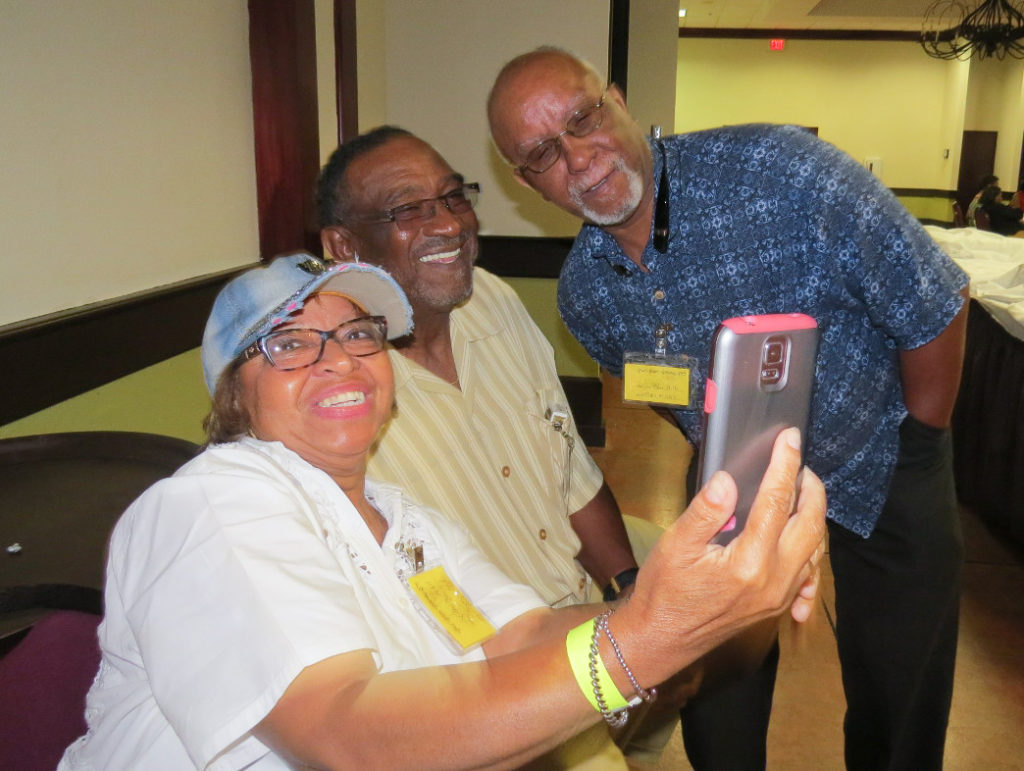
The next Great Golden Gathering is scheduled for Johnson City, Tennessee, in 2019. The idea is to rotate each Gathering among the schools’ alumni bases. You can learn more about a few of the African-American schools in this area at the Birthplace of Country Music Museum’s current special exhibit, For All the World to See: Visual Culture and the Struggle for Civil Rights, which includes a supplementary display on Slater and Douglass schools in Bristol, Tennessee-Virginia.


